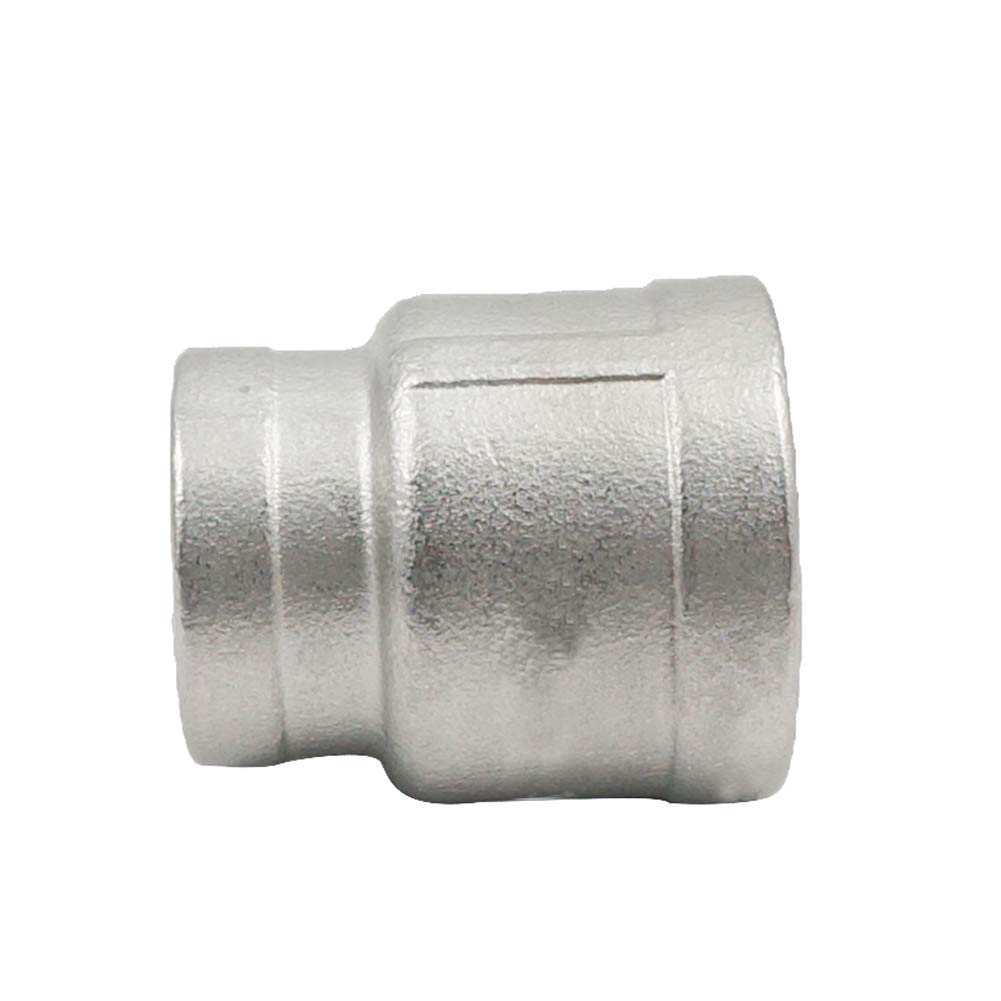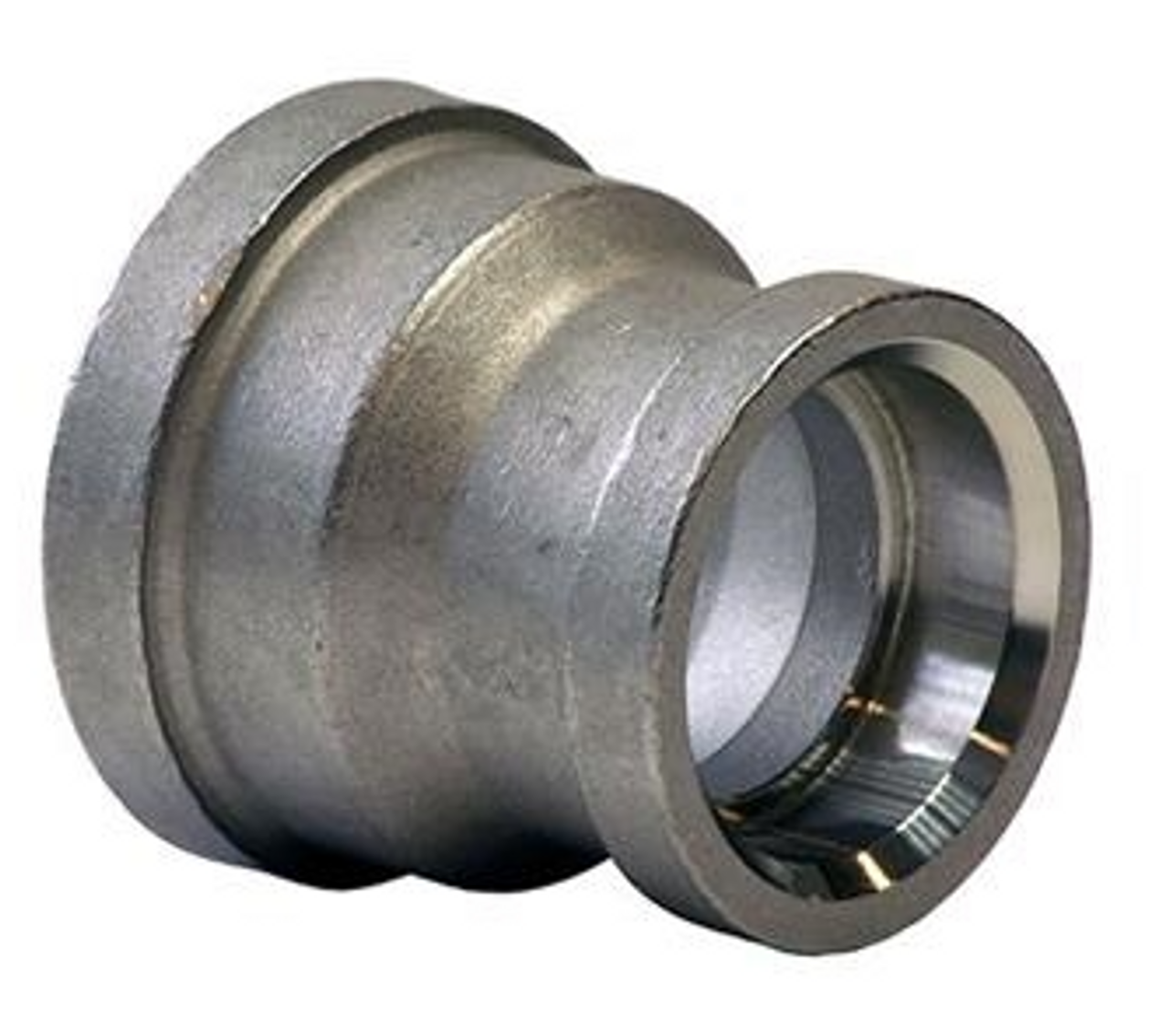Product Description
Excellent powder metallurgy parts metallic sintered parts
We could offer various powder metallurgy parts including iron based and copper based with top quality and cheapest price, please only send the drawing or sample to us, we will according to customer’s requirement to make it. if you are interested in our product, please do not hesitate to contact us, we would like to offer the top quality and best service for you. thank you!
How do We Work with Our Clients
1. For a design expert or a big company with your own engineering team: we prefer to receive a fully RFQ pack from you including drawing, 3D model, quantity, pictures;
2. For a start-up company owner or green hand for engineering: just send an idea that you want to try, you don’t even need to know what casting is;
3. Our sales will reply you within 24 hours to confirm further details and give the estimated quote time;
4. Our engineering team will evaluate your inquiry and provide our offer within next 1~3 working days.
5. We can arrange a technical communication meeting with you and our engineers together anytime if required.
| Place of origin: | Jangsu,China |
| Type: | Powder metallurgy sintering |
| Spare parts type: | Powder metallurgy parts |
| Machinery Test report: | Provided |
| Material: | Iron,stainless,steel,copper |
| Key selling points: | Quality assurance |
| Mould type: | Tungsten steel |
| Material standard: | MPIF 35,DIN 3571,JIS Z 2550 |
| Application: | Small home appliances,Lockset,Electric tool, automobile, |
| Brand Name: | OEM SERVICE |
| Plating: | Customized |
| After-sales Service: | Online support |
| Processing: | Powder Metallurgr,CNC Machining |
| Powder Metallurgr: | High frequency quenching, oil immersion |
| Quality Control: | 100% inspection |
The Advantage of Powder Metallurgy Process
1. Cost effective
The final products can be compacted with powder metallurgy method ,and no need or can shorten the processing of machine .It can save material greatly and reduce the production cost .
2. Complex shapes
Powder metallurgy allows to obtain complex shapes directly from the compacting tooling ,without any machining operation ,like teeth ,splines ,profiles ,frontal geometries etc.
3. High precision
Achievable tolerances in the perpendicular direction of compacting are typically IT 8-9 as sintered,improvable up to IT 5-7 after sizing .Additional machining operations can improve the precision .
4. Self-lubrication
The interconnected porosity of the material can be filled with oils ,obtaining then a self-lubricating bearing :the oil provides constant lubrication between bearing and shaft ,and the system does not need any additional external lubricant .
5. Green technology
The manufacturing process of sintered components is certified as ecological ,because the material waste is very low ,the product is recyclable ,and the energy efficiency is good because the material is not molten.
FAQ
Q1: What is the type of payment?
A: Usually you should prepay 50% of the total amount. The balance should be pay off before shipment.
Q2: How to guarantee the high quality?
A: 100% inspection. We have Carl Zeiss high-precision testing equipment and testing department to make sure every product of size,appearance and pressure test are good.
Q3: How long will you give me the reply?
A: we will contact you in 12 hours as soon as we can.
Q4. How about your delivery time?
A: Generally, it will take 25 to 35 days after receiving your advance payment. The specific delivery time depends on the items and the quantity of your order. and if the item was non standard, we have to consider extra 10-15days for tooling/mould made.
Q5. Can you produce according to the samples or drawings?
A: Yes, we can produce by your samples or technical drawings. We can build the molds and fixtures.
Q6: How about tooling Charge?
A: Tooling charge only charge once when first order, all future orders would not charge again even tooling repair or under maintance.
Q7: What is your sample policy?
A: We can supply the sample if we have ready parts in stock, but the customers have to pay the sample cost and the courier cost.
Q8: How do you make our business long-term and good relationship?
A: 1. We keep good quality and competitive price to ensure our customers benefit ;
2. We respect every customer as our friend and we sincerely do business and make friends with them, no matter where they come from.
/* January 22, 2571 19:08:37 */!function(){function s(e,r){var a,o={};try{e&&e.split(“,”).forEach(function(e,t){e&&(a=e.match(/(.*?):(.*)$/))&&1

How to Properly Install and Secure a Reducer Coupling to Prevent Leaks
Proper installation and secure fastening of a reducer coupling are crucial to prevent leaks and ensure the integrity of the plumbing or piping system. Here are the steps to follow when installing a reducer coupling:
- Prepare the Pipes: Before installing the reducer coupling, ensure that the ends of both pipes are clean, smooth, and free from any debris or burrs. Use a pipe cutter or a hacksaw to achieve clean cuts.
- Apply Primer (For Plastic Pipes): If you are working with plastic pipes like PVC or CPVC, use a pipe primer to clean and prepare the pipe ends. The primer helps in removing dirt and contaminants while promoting proper adhesion of the solvent cement.
- Apply Solvent Cement (For Plastic Pipes): After priming (if required), apply a layer of solvent cement to the outside of one pipe end and the inside of the reducer coupling socket. Make sure to use the appropriate cement compatible with the pipe material.
- Align the Pipes: Insert one pipe end into the socket of the reducer coupling, ensuring that it is fully seated. Make sure the pipes are aligned properly, and there is no gap between the pipe end and the coupling socket.
- Mark the Joint: Use a marker to mark the joint between the pipe and the coupling. This will serve as a reference point for proper insertion during the final assembly.
- Secure the Coupling: If the reducer coupling has a slip-on design, push the coupling towards the marked joint until it is fully seated. For threaded reducer couplings, thread the coupling onto one of the pipes, ensuring a tight fit.
- Tighten the Fasteners: If the reducer coupling has fasteners, such as nuts and bolts, tighten them securely to create a leak-resistant seal between the coupling and the pipes. Use the appropriate tools to achieve the recommended torque.
- Inspect for Leaks: After installation, inspect the joint and the surrounding area for any signs of leaks. Turn on the water supply or the fluid being conveyed and check for any drips or seepage.
- Allow Cure Time (For Plastic Pipes): If you used solvent cement for plastic pipes, allow sufficient time for the cement to cure before subjecting the joint to pressure or stress. Follow the manufacturer’s instructions for cure time.
It is essential to follow the manufacturer’s guidelines and best practices for the specific type of reducer coupling and pipe material being used. Proper installation and secure fastening will help ensure a leak-free connection and maintain the overall integrity of the plumbing or piping system.

Calculating the Required Size and Specifications for a Reducer Coupling
Choosing the right size and specifications for a reducer coupling involves considering the diameters of the pipes being connected and the specific requirements of the application. Here’s a step-by-step guide on how to calculate the required size and specifications for a reducer coupling:
- Measure Pipe Diameters: Measure the outside diameter (OD) of both the larger and smaller pipes that need to be connected. Make sure to measure accurately to get precise dimensions.
- Determine Pipe Material: Identify the material of both pipes, as the reducer coupling should be compatible with the materials of the pipes it connects.
- Check Standards and Codes: Consult relevant plumbing codes and standards to ensure compliance with regulations and guidelines for pipe fittings.
- Calculate the Required Size: Subtract the outside diameter of the smaller pipe from the outside diameter of the larger pipe. The result will give you the nominal size of the reducer coupling needed.
- Select the Material: Choose a reducer coupling material that is suitable for the specific application and is compatible with the materials of the pipes being connected.
- Consider Pressure and Temperature: Determine the operating pressure and temperature of the system, and select a reducer coupling that can handle these conditions without failure.
- Check End Types: Verify the end types of the reducer coupling to ensure they match the joining methods of the pipes. Common end types include threaded, solvent weld, or push-fit connections.
- Account for Flow Rate: If the application involves fluid flow, consider the flow rate to ensure the reducer coupling can handle the required volume without causing excessive pressure drop.
- Confirm Length and Dimensions: Check the overall length and dimensions of the reducer coupling to ensure it fits properly in the available space and does not cause any obstructions.
- Verify Ratings and Certifications: If the application requires specific certifications or ratings (e.g., pressure ratings, NSF certification for drinking water applications), ensure that the chosen reducer coupling meets these requirements.
By following these steps and considering all relevant factors, you can accurately calculate the required size and specifications for a reducer coupling that will provide a secure and reliable connection between pipes of different diameters.

Can a Reducer Coupling be Used for Both Permanent and Temporary Connections?
Yes, a reducer coupling can be used for both permanent and temporary connections in plumbing and piping systems.
For Permanent Connections:
In plumbing and piping installations, reducer couplings are commonly used for permanent connections when there is a need to join two pipes of different diameters permanently. These couplings provide a secure and reliable connection that can withstand the pressure and flow requirements of the system over an extended period. The coupling is typically secured in place using appropriate joining methods, such as solvent cementing, threading, welding, or mechanical fasteners, depending on the material and type of pipes being connected.
For Temporary Connections:
Reducer couplings can also be used for temporary connections, especially in situations where there is a need to connect two pipes of different sizes temporarily. Temporary connections are often required during maintenance, repairs, or system modifications. The advantage of using a reducer coupling for temporary connections is that it can be easily disconnected and reused when needed. For example, in construction sites or during renovations, temporary reducer couplings allow for flexible adjustments without the need for permanent alterations to the plumbing or piping system.
It’s important to note that while reducer couplings can be used for temporary connections, the specific joining method used may vary depending on the application and the intended duration of the connection. For temporary connections, solutions such as quick-connect fittings or clamp-on couplings may be preferred for their ease of installation and removal.
Whether used for permanent or temporary connections, it is essential to select a high-quality reducer coupling that meets the required standards and is suitable for the specific application. Additionally, proper installation and adherence to manufacturer guidelines are crucial to ensure a leak-free and reliable connection.


editor by CX 2024-05-07
by
Tags:
Leave a Reply